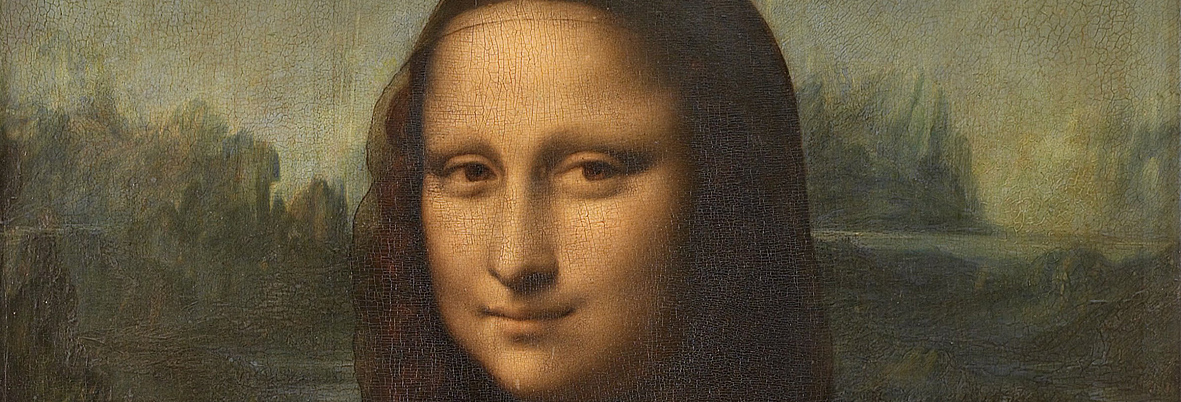文艺复兴(The Renaissance)


达·芬奇(Leonardo da Vinci)
莱昂纳多·迪·皮耶罗·达·芬奇(Leonardo di ser Piero da Vinci)(通常称为莱昂纳多·达·芬奇)是意大利的博物,其研究领域包括发明,绘画,雕刻,建筑,科学,音乐,数学,工程,文学,解剖学,地质学,天文学,植物学,写作,历史和制图。他被人们称为古生物学,鱼理学和建筑学之父,被广泛认为是有史以来最伟大的画家之一。有时由于降落伞,直升机和坦克的发明而闻名,他的天才体现了文艺复兴时期的人文主义理想。
许多历史学家和学者都认为莱昂纳多是“文艺复兴时期的人”的典范,他是“无懈可击的好奇心”和“狂热的创造力”的个人。根据艺术史学家海伦·加德纳(Helen Gardner)的说法,他的兴趣范围和深度在记载的历史上都是史无前例的,“他的思想和个性在我们看来是超人的,而他本人则是神秘而遥远的”。
Leonardo di ser Piero da Vinci, more commonly Leonardo da Vinci, was an Italian polymath whose areas of interest included invention, painting, sculpting, architecture, science, music, mathematics, engineering, literature, anatomy, geology, astronomy, botany, writing, history, and cartography. He has been variously called the father of paleontology, ichnology, and architecture, and is widely considered one of the greatest painters of all time. Sometimes credited with the inventions of the parachute, helicopter and tank, his genius epitomized the Renaissance humanist ideal.
Many historians and scholars regard Leonardo as a great exemplar of the "Renaissance Man", an individual of "unquenchable curiosity" and "feverishly inventive imagination". According to art historian Helen Gardner, the scope and depth of his interests were without precedent in recorded history, "his mind and personality seem to us superhuman, while the man himself mysterious and remote".


